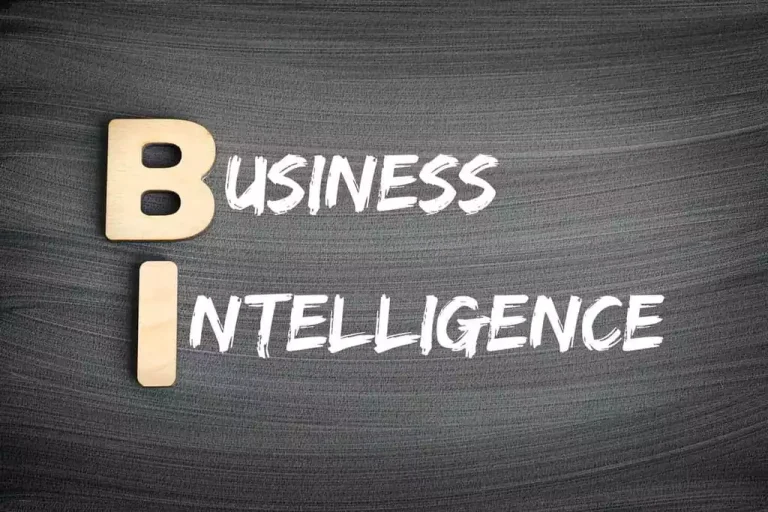The innovation in technologies has given a bonus to the merchants making quick execution of trades with limits in a altering environment, as computer-programmed software is unbiased. Trading with pre-defined laws minimizes human interference thus eradicating human biasness. A dealer has a buying and selling cycle the place he passes via completely different phases of feelings based on positive aspects and losses in the market this hampers his decision-making capabilities. Generally, algo-trading is utilized by mutual funds, hedge funds, insurance coverage firms, banks, and other institutions to execute numerous What is Algorithmic Trading high-volume trades which are otherwise impossible for people to undertake.
Why Is Algo Trading Relevant For Purchase And Hold Investors?

Known for his or her cutting-edge technologies and in-depth market analysis, Wright Research presents valuable insights and options to market participants seeking to leverage algorithmic trading methods effectively. Index funds follow a scheduled rebalancing process to align their holdings with the benchmark indices. This rebalancing process presents distinct alternatives for algo traders who capitalize on the anticipated trades that occur prior to the fund’s rebalancing. Depending on the variety of stocks in the index before rebalancing, these trades can yield income ranging from 25 to 75 basis factors. Another widespread algorithmic trading example is imply reversion, where the buying and selling algorithm buys shares which have fallen to a certain worth stage, betting they’ll return to their average worth over time.
Sebi’s Revolutionary Ideas Restructure Inventory Market

It allows them to execute large-scale stock purchases with out inflicting worth distortions as a outcome of vital quantity investments. Algorithmic buying and selling program relies solely on mathematical fashions and historic data, disregarding subjective and qualitative components that usually influence market dynamics. This absence of human judgment could be a disadvantage for traders preferring a more intuitive or instinctive approach. Additionally, traders may incur ongoing prices for algo trading software program and knowledge feeds. Large algorithmic trades can exert substantial affect on market costs, probably causing losses for traders unable to adjust their positions swiftly.
Kinds Of Algorithmic Trading Strategies
- It allows them to execute large-scale inventory purchases without causing worth distortions because of significant volume investments.
- It can execute and monitor a variety of parameters on different shares at a given time.
- So, there’s all the time an opportunity the regulatory body may impose new algo-trading rules or ban them completely.
- These packages comply with specific rules and directions to make trades routinely, much sooner than an individual can.
It empowers customers by offering global market insights and analytical instruments like Stock Screener and Economic Calendar . Again, in 2010, the National Stock Exchange (NSE) permitted large institutional brokers to co-locate their buying and selling server in the exchange premises with a dedicated connection hyperlink from the change. The modus operandi observed is that once a client pays amount to them, large income are shown in his account on-line inducing extra investment. However, they stop responding when shopper calls for return of amount invested and profit earned. Following these steps, you’ll have the ability to entry the financing you should kickstart your algorithmic trading journey.

Examples Of Algorithmic Buying And Selling
Still, cost-effectiveness and better execution have been the key options of algorithms that brought algo-trading to each investor’s desk, together with retail/individual traders. Today, in India, roughly 55% of the trades are placed by way of algorithmic trading, and it’s expected to develop by another 15% within the near future. These algorithms serve various purposes and cater to totally different buying and selling strategies and objectives. Statistical arbitrage in algo buying and selling is a technique that seeks to revenue from pricing inefficiencies or statistical mispricing between associated monetary instruments. It includes simultaneously buying an undervalued safety and selling an overvalued one, with the expectation that their costs will converge over time.
One of the first algorithms used in financial markets was the “program trading” system developed by the New York Stock Exchange (NYSE) within the 1970s. This system allowed traders to enter an inventory of orders that might be automatically executed when certain market conditions have been met. These orders could embrace a range of various varieties of trades, similar to market orders, restrict orders, and stop-loss orders. Therefore, in the case of algo-trading, the vast majority of human sources are directed in path of setting up the set of buying and selling rules, converting them into laptop code, and testing them.

Cloud-based algorithmic could be the following guess and play a major role within the development of the monetary market. For example automating processes, information maintenance, and cost-friendly thus higher management. This method uses remote server networks to store, handle, and course of information usually accessed over the web.
These platforms, which had been constructed on top of electronic buying and selling methods, offered a variety of options and tools for merchants, including the power to investigate market information, execute trades, and handle threat. In the 1980s, more refined algorithms started to be developed, and using computers to research market knowledge and determine buying and selling opportunities grew to become more widespread. This period also saw the introduction of electronic trading methods, which allowed merchants to enter orders and execute trades electronically rather than via human intermediaries. Statistical arbitrage is an intriguing algo trading technique that thrives on the concept of exploiting relative pricing inefficiencies between thousands of financial instruments. Traders using this strategy determine pairs or teams of securities that historically exhibit a robust correlation.

Traders set risk parameters throughout the algorithms to limit potential losses and forestall adverse market outcomes. These danger administration mechanisms include stop-loss orders, place sizing methods, and portfolio diversification techniques. By proactively managing danger, algorithmic trading methods aim to safeguard merchants’ funds and guarantee sustainable buying and selling success over the lengthy run. Traders and developers interact in the intricate strategy of algorithm development by creating sophisticated algorithms based on specific buying and selling strategies. These algorithms usually are not static but are dynamic entities that evolve with changing market situations and feedback mechanisms. Traders incorporate a mix of technical indicators, mathematical fashions, and fundamental evaluation into their algorithms to generate buy or sell indicators.
It has undoubtedly made it easy for everybody to trade from the consolation of their own properties. High-frequency trading (HFT) is a technique that includes executing many trades at extraordinarily high speeds, typically inside microseconds, to capitalise on small price discrepancies available in the market. Developing AI-based models depends closely on vast historic data for coaching through machine learning algorithms.
That said, it helps remove the weather of worry and greed from the equation, which helps merchants keep true to their methods. However, it goes without saying that algo-traders must still create algorithms diligently. It is true that, in the lengthy term, algorithmic buying and selling proves to be cost-effective when you intend to place multiple trade orders daily.
The University of Georgia research report claims that mankind finds computer systems extra dependable than humans. As algo buying and selling becomes extra prevalent, regulators attempt to work out a method to make sure markets keep honest and the potential for abuses is averted. One of the most important plusses of algo trading is taking feelings out of the picture.
Insurance, Mutual Funds, IPO, NBFC, and Merchant Banking and so forth. being supplied by us by way of this web site aren’t Exchange traded product/(s)/services. Share India group of corporations is just appearing as distributor/agent of Insurance, Mutual Funds and IPOs. You may please also observe that all disputes with respect to the distribution exercise would not have access to Exchange investor redressal or Arbitration mechanism. The regulation bodies of a few nations nonetheless have not been in a place to reach a consensus on whether or not algo-trading must be legal or not. So, there could be at all times an opportunity the regulatory body may impose new algo-trading guidelines or ban them utterly. Regardless of how fine-tuned the strategy or strategy is, there’ll always be each pros and cons to adopting it.
Traders concurrently purchase and promote the asset in different markets to revenue from the value difference. This technique requires fast execution and complex technology to capitalise on fleeting alternatives. Algorithmic buying and selling helps in lowering buying and selling costs by minimizing human intervention, decreasing transaction bills, and optimizing commerce execution. With automated order routing and environment friendly commerce processing, algo trading can result in cost financial savings by way of lowered slippage, improved pricing, and enhanced liquidity provision.
Read more about https://www.xcritical.in/ here.
